Travel is one of life’s greatest joys, offering new experiences, stunning sights, and a break from everyday routines. However, not every destination lives up to the expectations built by social media, guidebooks, or word of mouth. While some spots are undeniably beautiful or culturally significant, travelers may find that the crowds, costs, or hype overshadow the experience. Different people have different tastes, and what feels magical to one traveler might feel underwhelming to another. Americans often have strong opinions about destinations that might be overvalued, either because of long waits, tourist traps, or the sheer popularity of certain locations. Understanding which spots might not deliver the experience you imagined can help plan a more enjoyable and authentic trip. Here are 11 vacation spots that many Americans believe are overhyped, along with insights into why these destinations sometimes fall short of expectations.
1. Paris, France
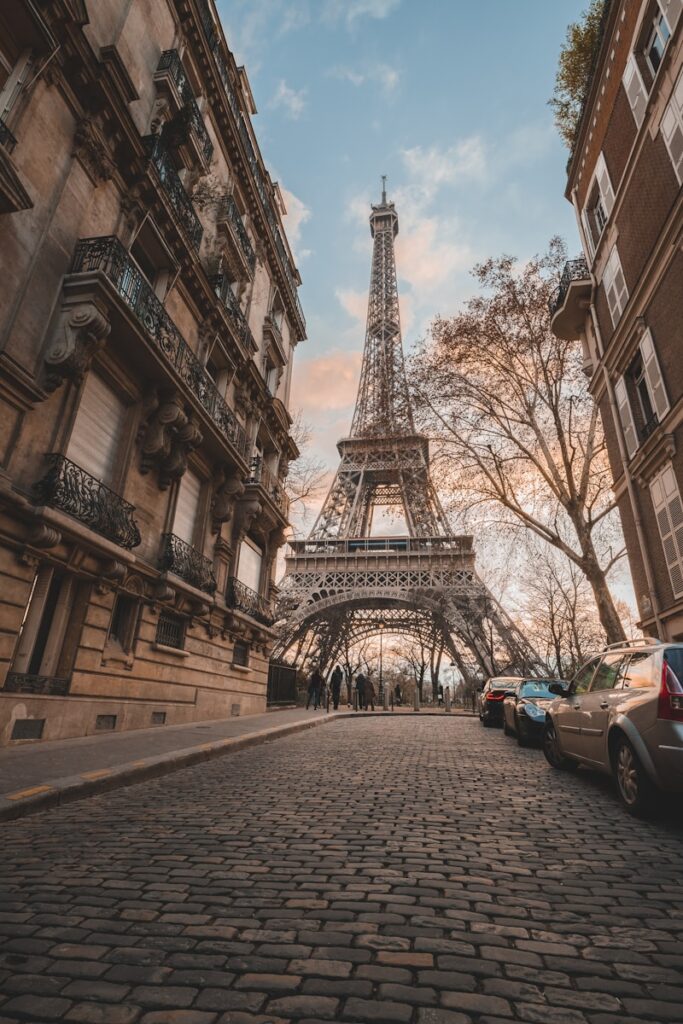
Paris is famous for its iconic landmarks such as the Eiffel Tower and the Louvre Museum. While it is undeniably romantic and historically rich, visitors often find it crowded, expensive, and sometimes overwhelming. Lines for popular attractions can be long, and the city’s charm may feel diluted in highly touristic areas. Exploring beyond the main tourist spots can reveal hidden gems and a more authentic Parisian experience. Many travelers recommend wandering through local neighborhoods, enjoying small cafes, and visiting lesser-known museums to get a more genuine sense of the city.
2. Venice, Italy
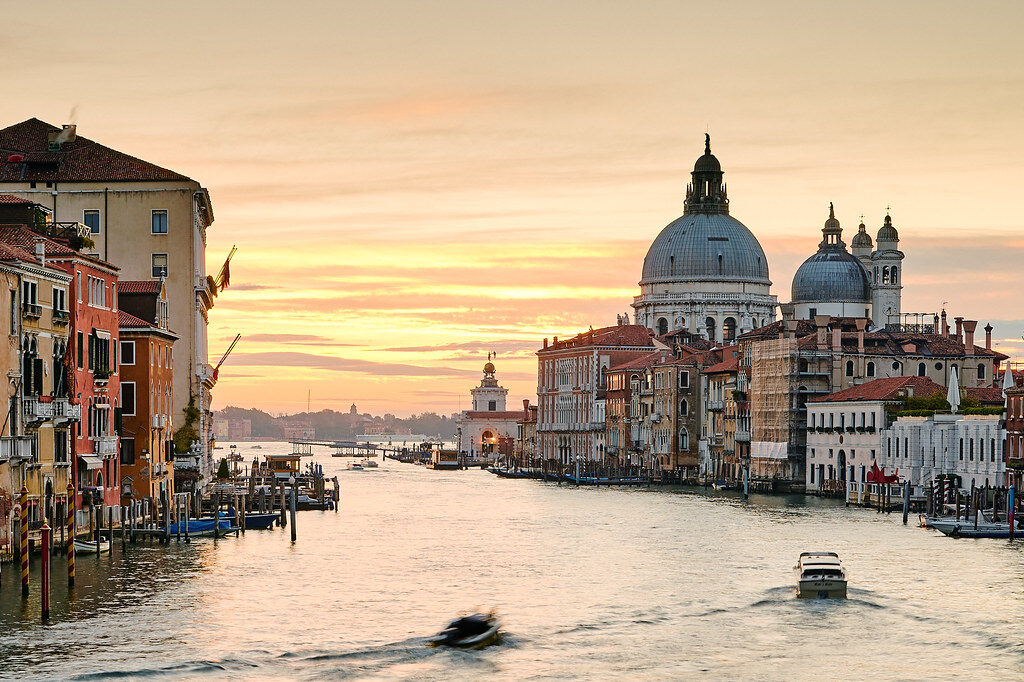
Venice captivates with its canals, gondolas, and historic architecture. However, the city struggles with overcrowding and high prices, especially during peak tourist season. Many visitors expect a serene and romantic atmosphere, but often encounter long lines and crowded streets. Despite its overhyped reputation, Venice still offers unique experiences like exploring quieter islands, tasting local cuisine, and discovering hidden squares that provide a more peaceful perspective of the city.
3. Santorini, Greece
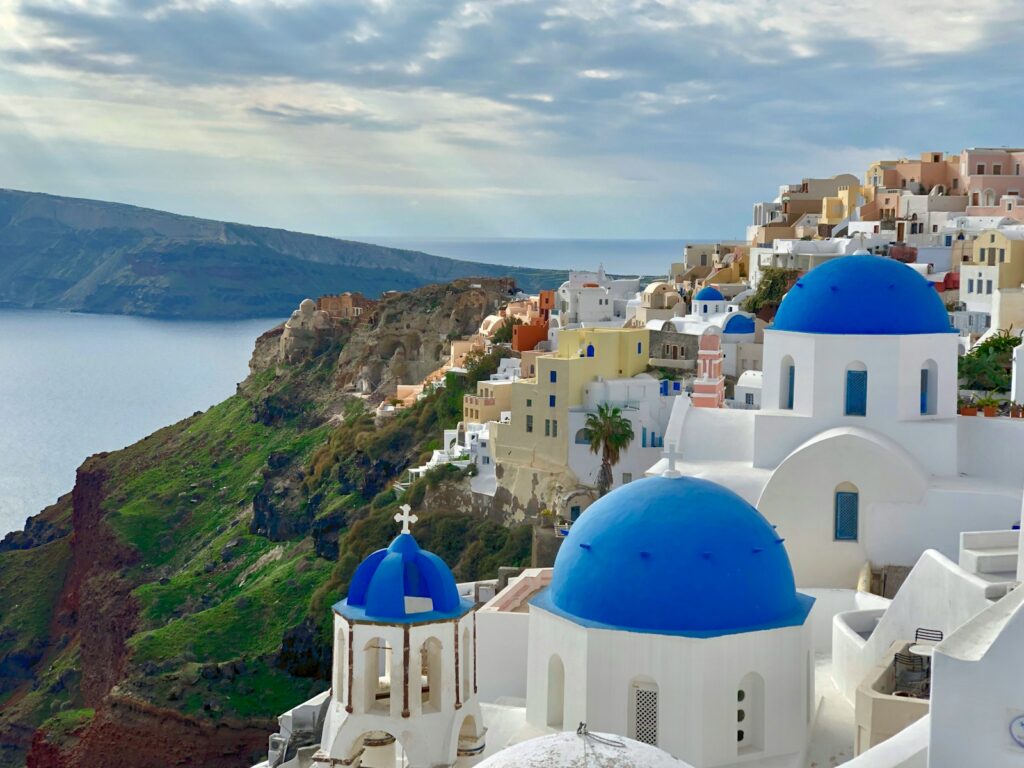
Santorini is renowned for its whitewashed buildings and stunning sunsets over the Aegean Sea. Its popularity can make the island feel commercialized, with crowded streets and high hotel rates. Some travelers find that the picturesque views are often accompanied by tourist-heavy areas and long waits for a perfect photo. Exploring lesser-known villages and beaches can provide a more relaxed and authentic Greek island experience.
4. Bali, Indonesia

Bali attracts visitors with its lush landscapes, vibrant culture, and beautiful beaches. While the island has incredible potential for relaxation and adventure, it can be crowded, especially in tourist hotspots like Kuta and Seminyak. Traffic congestion and commercialization can detract from its natural charm. Travelers often find more peace in quieter areas, such as Ubud or remote coastal villages, where the island’s spiritual and natural beauty is more pronounced.
5. Times Square, New York City
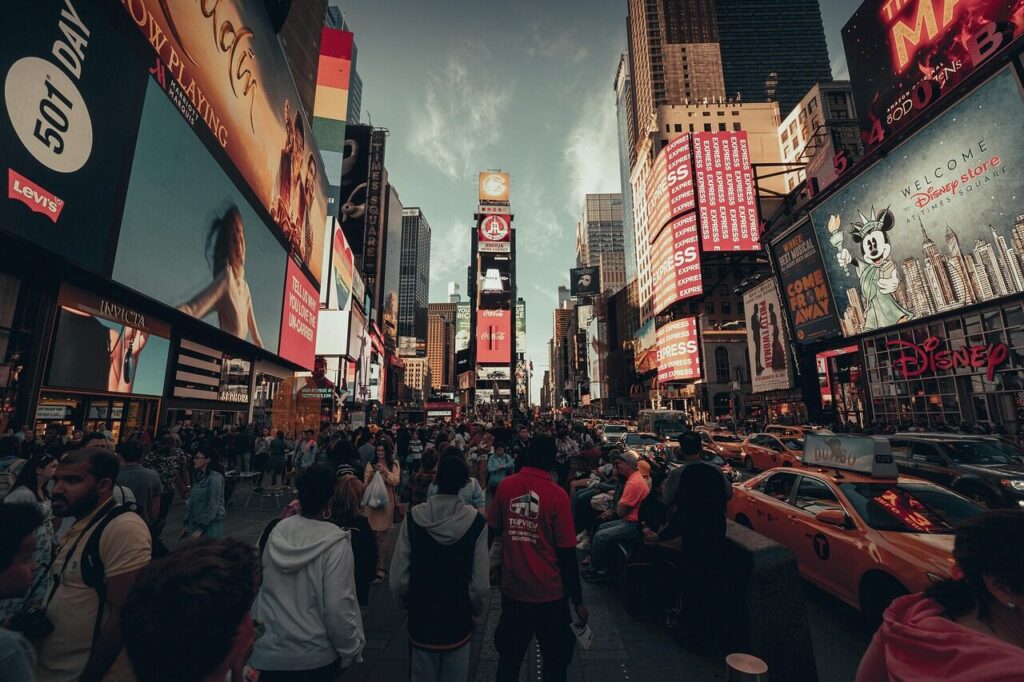
Times Square is one of the most famous locations in New York City, known for its bright lights, theaters, and bustling atmosphere. Despite its popularity, many visitors find it overcrowded, noisy, and overpriced. The area can feel more like a tourist trap than an authentic New York experience. Exploring other neighborhoods like Greenwich Village, Brooklyn, or the High Line can offer a more genuine taste of the city’s culture and charm.
6. Machu Picchu, Peru
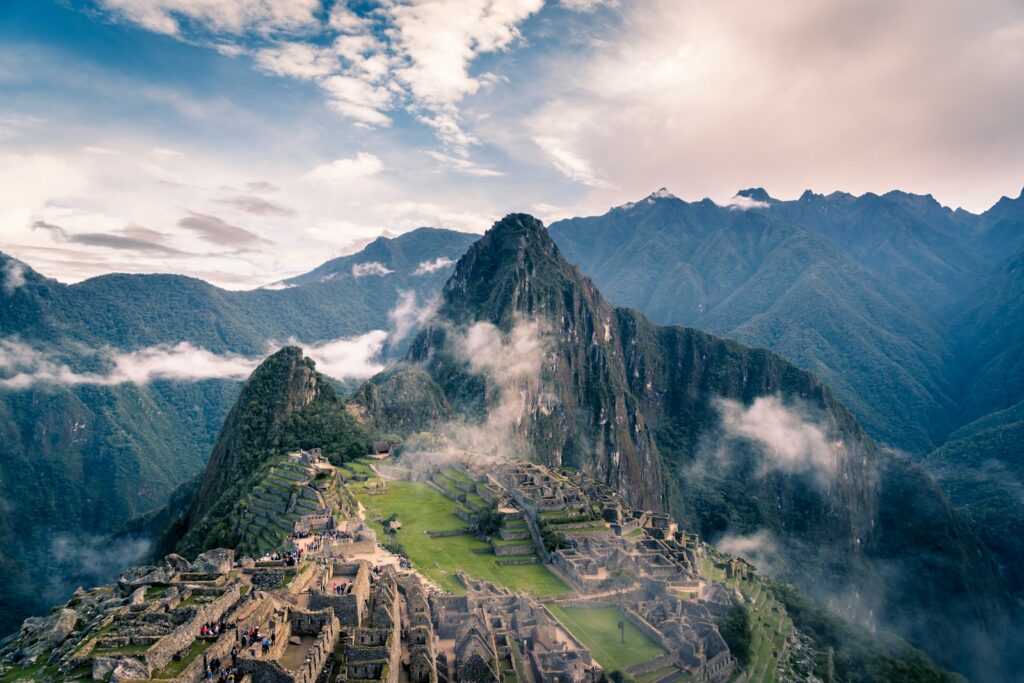
Machu Picchu is a world-renowned archaeological site with breathtaking views and historical significance. The trek to reach the site can be challenging, and the area is often packed with tourists, especially during peak season. Some travelers feel the experience is rushed due to strict time limits and tour schedules. Visiting nearby towns like Aguas Calientes or exploring lesser-known trails can provide a more fulfilling and personal experience of the region.
7. Dubai, United Arab Emirates

Dubai is famous for luxury shopping, modern architecture, and extravagant attractions. While it offers unique experiences, the city can feel artificial and expensive. The focus on luxury and grandeur may not appeal to all travelers, and some find the desert landscapes and cultural attractions underwhelming compared to expectations. Exploring traditional markets, desert safaris, and cultural neighborhoods can reveal a side of Dubai that is less commercial and more authentic.
8. Phuket, Thailand
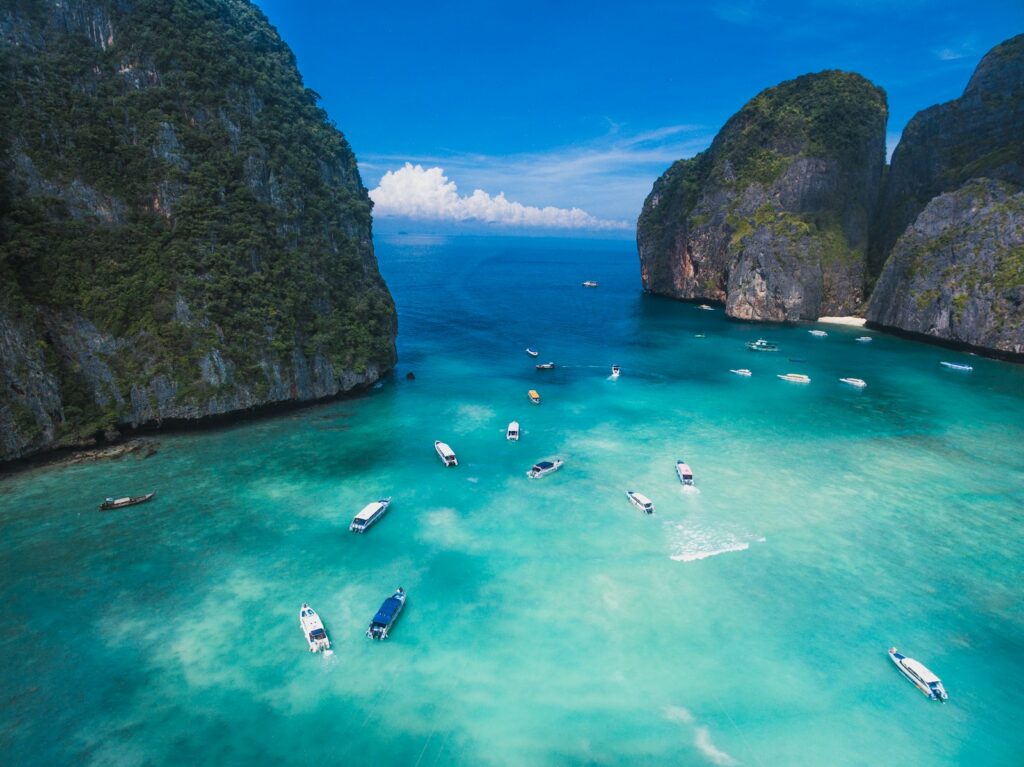
Phuket is celebrated for its beaches, nightlife, and vibrant culture. However, it is often crowded, and many beaches are lined with tourists and vendors. High-season prices and commercialized experiences can make it less relaxing than expected. For a more authentic Thai experience, travelers can explore quieter islands, hidden beaches, and local cultural sites away from the main tourist hubs.
9. Ibiza, Spain
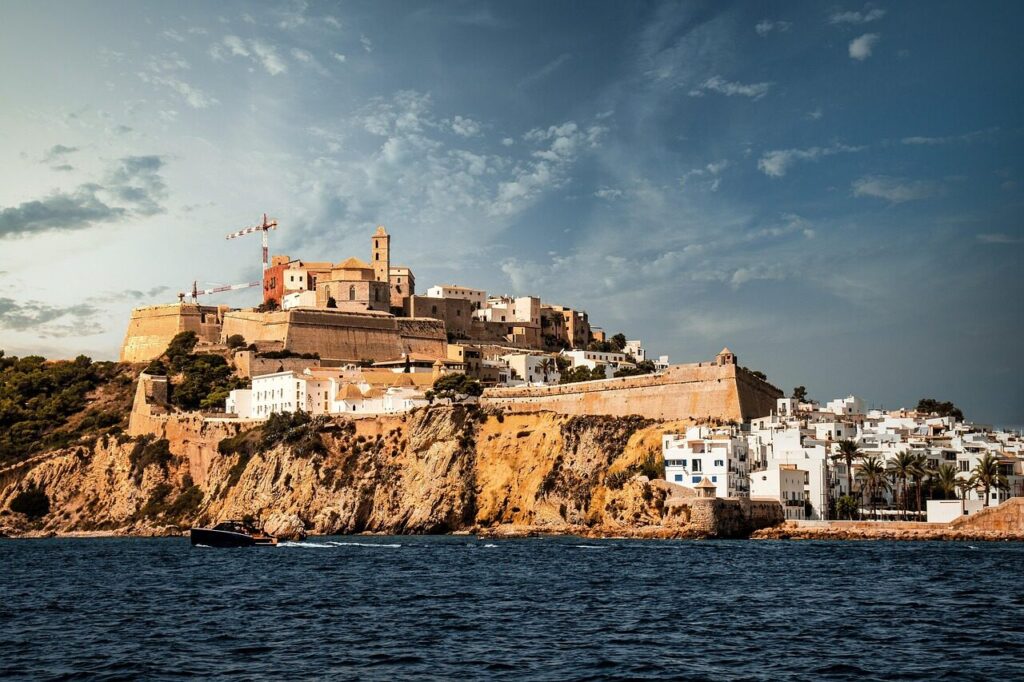
Ibiza is well-known for its nightlife, beach parties, and electronic music scene. While it attracts partygoers from around the world, some visitors find the hype around its nightlife exaggerated and expensive. Daytime activities and quiet areas are often overlooked but can offer a different perspective on the island. Exploring secluded beaches, local villages, and cultural sites provides a more balanced view of what Ibiza has to offer.
10. Cancun, Mexico

Cancun draws tourists with its all-inclusive resorts, white sand beaches, and lively atmosphere. However, it can feel crowded and commercialized, with many areas dominated by resort chains. Some visitors feel that the experience is more about convenience than cultural immersion. Exploring nearby towns, cenotes, and natural parks can provide a richer, more authentic Mexican experience.
11. Tokyo, Japan
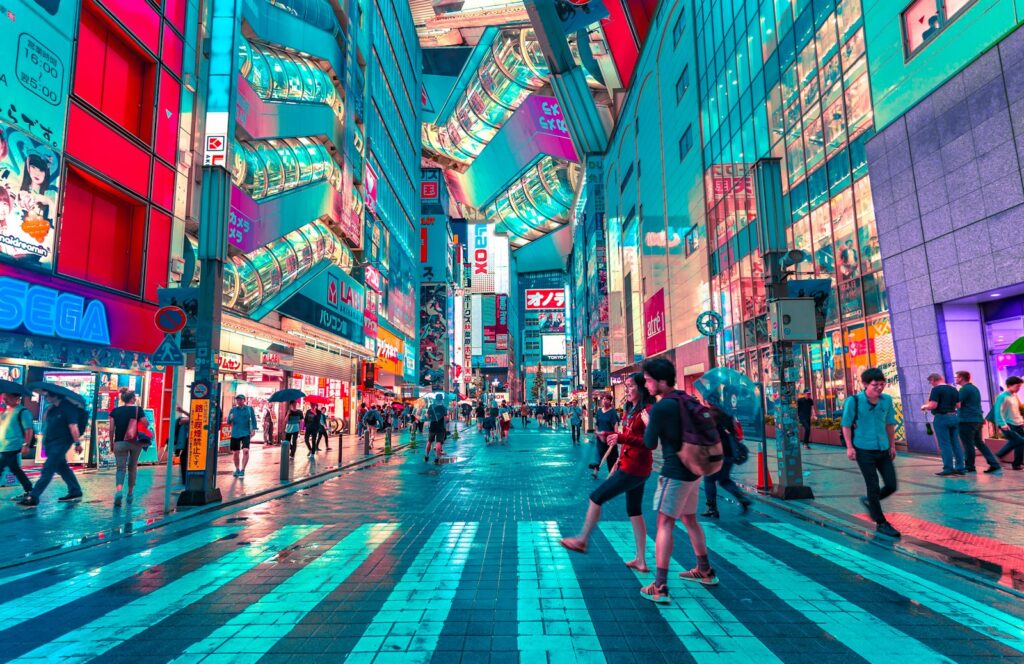
Tokyo is a bustling metropolis with unique neighborhoods, cutting-edge technology, and rich cultural heritage. While it has much to offer, the city can be overwhelming and crowded, especially in districts like Shibuya and Shinjuku. Tourists may find it difficult to navigate and expensive. Seeking out local experiences, visiting smaller neighborhoods, and enjoying traditional tea houses or temples can help visitors experience the heart of Tokyo beyond the tourist hype.
Comments